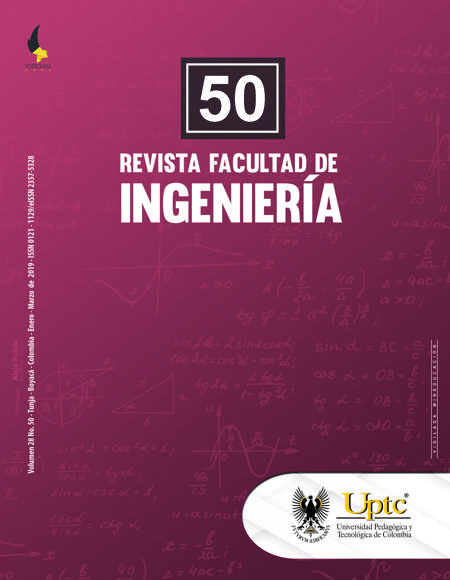Neural network study for the subject demand forecasting

Abstract
Course planning of an educative center or university is composed of multiple complex problems like the design of the schedule for the students, classrooms, and professors for each signature. One of the problems is the forecasting of the number of subjects to make available for the students; this problem seems easy at first glance because once we have the number of approved and failed students for each subject, we can easily calculate the following demand for each subject. However, there are occasions where the course planning for the following period starts before having the information related to the number of accredited students; which lead us to the problem of forecasting the accreditation ratio for the calculation of the subject demand from the students. In this paper, the performance of a causal model compares to the performance of a statistical model for the forecasting of the approve and fail ratio of the students. The final results show that the causal model outperforms the statistical model for the given instances. We consider that this advantage occurs because the causal model learns the behavior patterns of the training data independently, instead of generalizing the accreditation ratio. Additionally, the statistical method can present significant problems when trying to forecast accreditation ratios for situations that are not found in the training data, while the causal model will use the information learned to predict such situations.
Keywords
artificial neural networks, demand forecasting, strategic planning
References
[1] J. C. Chambers, S. K. Mullick, and D. D. Smith, “How to choose the right forecasting technique,” Hardvard Business Review, 1971.
[2] J. S. Armstrong, “Principles of Forecasting: A Handbook for Researchers and Practitioners,” International Series in Operations Research & Management Science, Springer US, Boston, MA, 2001. DOI: https://doi.org/10.1007/978-0-306-47630-3.
[3] C. D. Bailey, and S. Gupta, “Judgement in learning-curve forecasting: a laboratory study,” J. Forecast., vol. 18 (1), pp. 39–57, Jan. 1999. DOI: https://doi.org/10.1002/(SICI)1099-131X(199901)18:1<39::AID-FOR683>3.0.CO;2-N.
[4] J. E. Hanke, and D. W. Wichern, Pronosticos en los Negocios, Pearson Educación, 2010.
[5] W. Jun, L. Yuyan, T. Lingyu, and G. Peng, “Modeling a combined forecast algorithm based on sequence patterns and near characteristics: An application for tourism demand forecasting,” Chaos, Solitons & Fractals, vol. 108, pp. 136-147, Mar. 2018. DOI: https://doi.org/10.1016/j.chaos.2018.01.028.
[6] L. G. Ruiz, R. Rueda, M. P. Cuéllar, and M. C. Pegalajar, “Energy consumption forecasting based on Elman neural networks with evolutive optimization,” Expert System with Applications, vol. 92, pp. 380-389, Feb. 2018. DOI: https://doi.org/10.1016/j.eswa.2017.09.059.
[7] W. He, “Load forecasting via deep neural networks,” Procedia Computer Science, vol. 122, pp. 308-314, Jan. 2017. DOI: https://doi.org/10.1016/j.procs.2017.11.374.
[8] F. Moretti, S. Pizzuti, S. Panzieri, and M. Annunziato, “Urban traffic flow forecasting through statistical and neural network bagging ensemble hybrid modeling,” Neurocomputing, vol. 167, pp. 3-7, Nov. 2015. DOI: https://doi.org/10.1016/j.neucom.2014.08.100.
[9] X. Feng, Q. Li, Y. Zhu, J. Hou, L. Jin, and J. Wang, “Artificial neural networks forecasting of PM 2.5 pollution using air mass trajectory based geographic model and wavelet transformation,” Atmospheric Environment, vol. 107, pp. 118-128, Apr. 2015. DOI: https://doi.org/10.1016/j.atmosenv.2015.02.030.